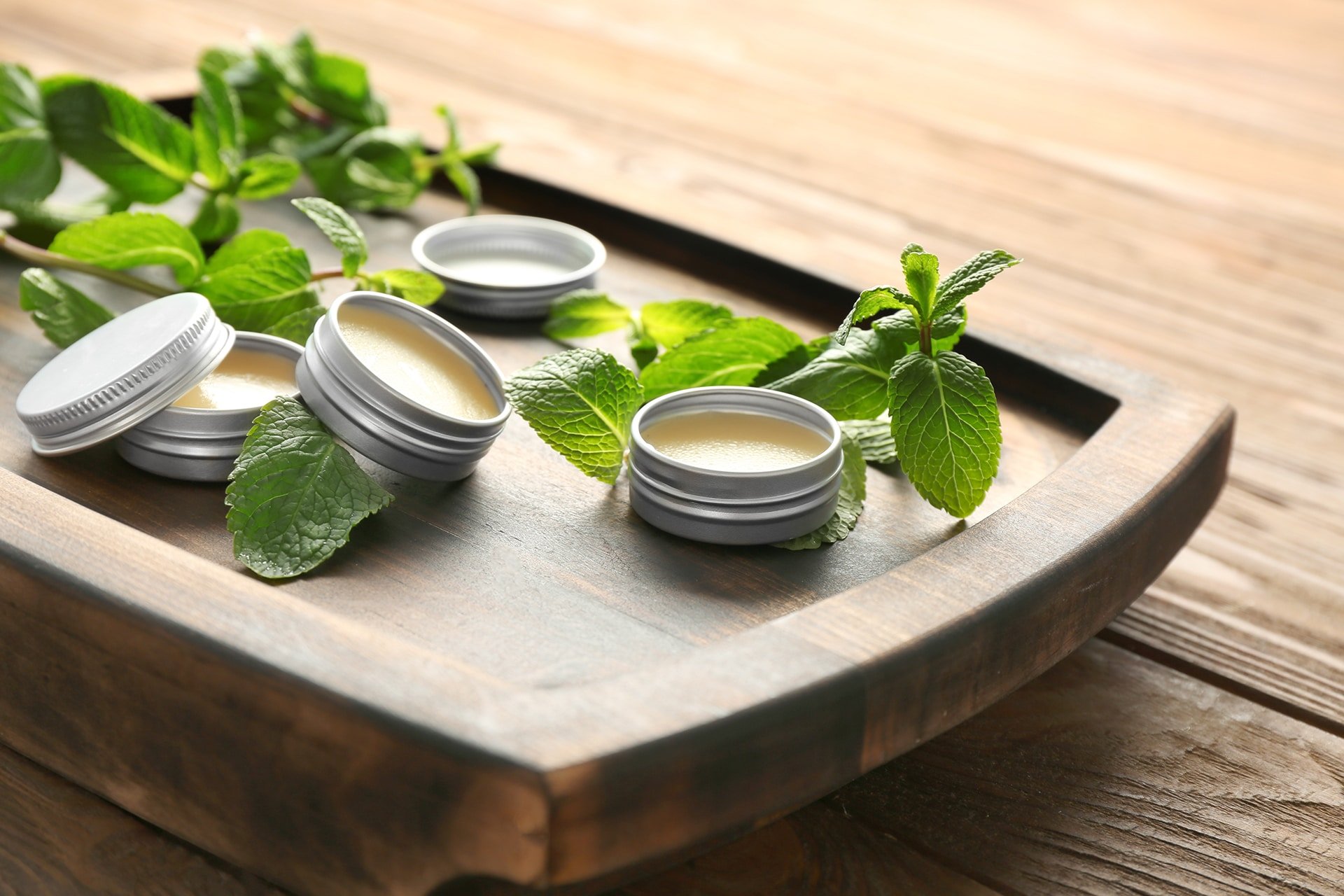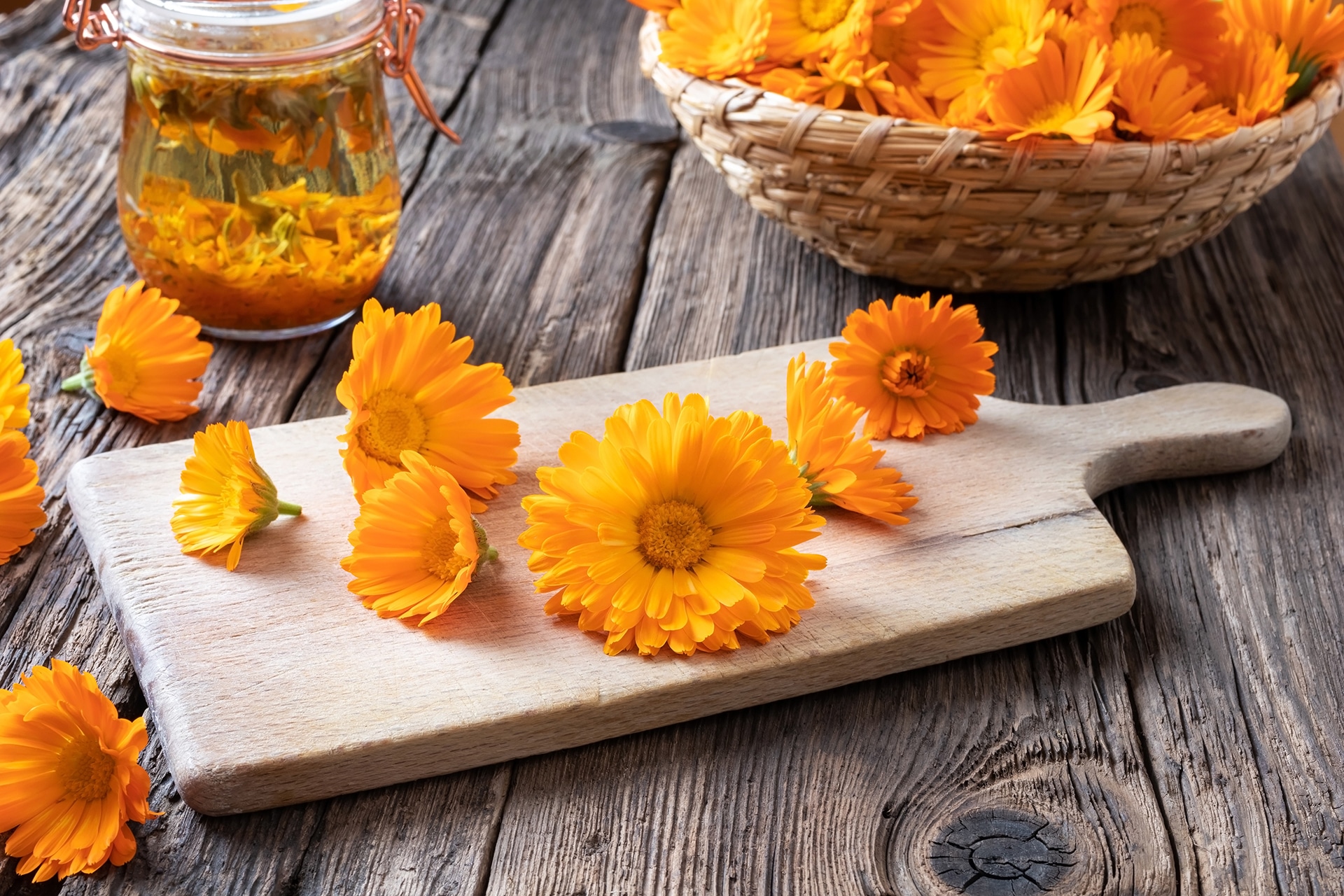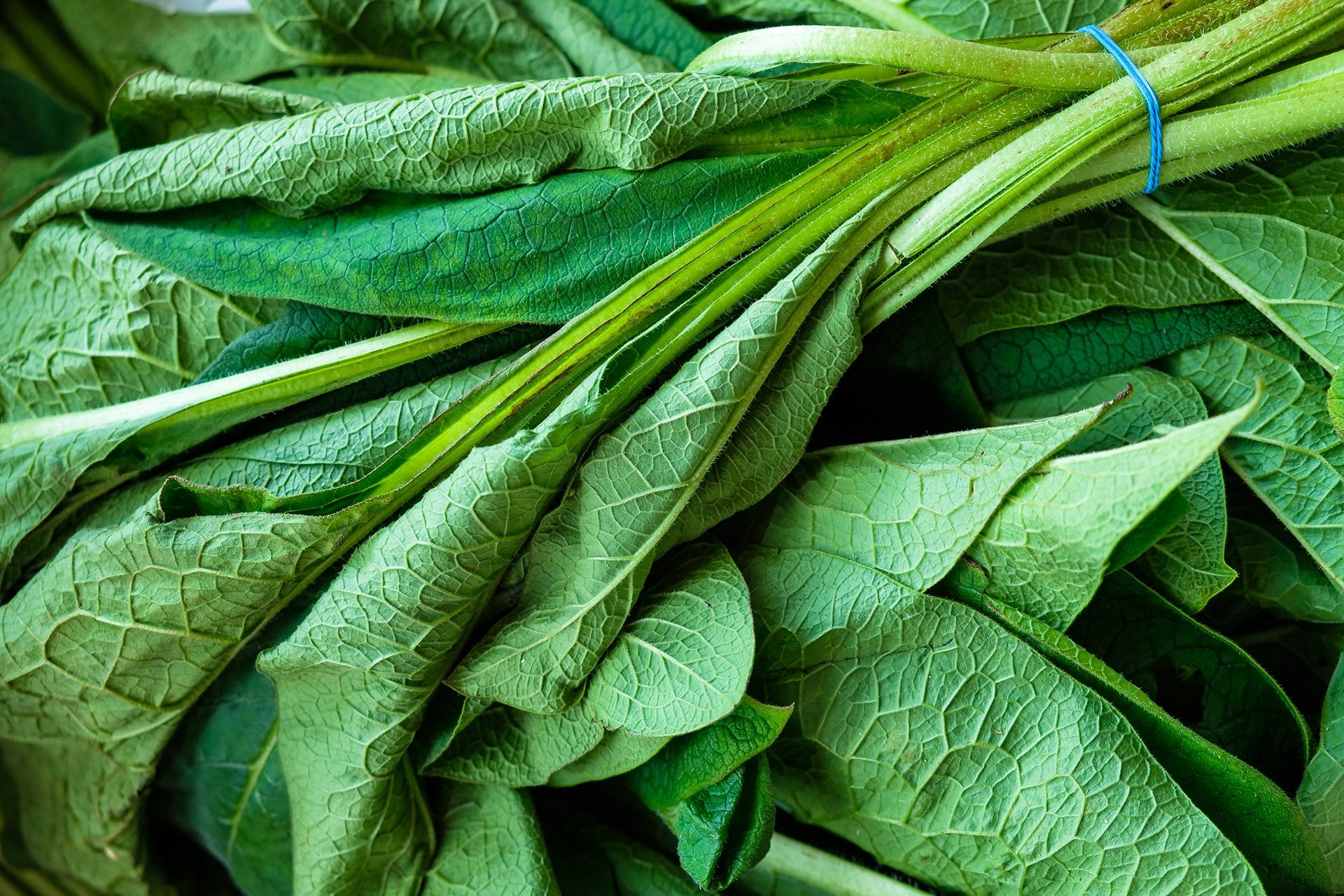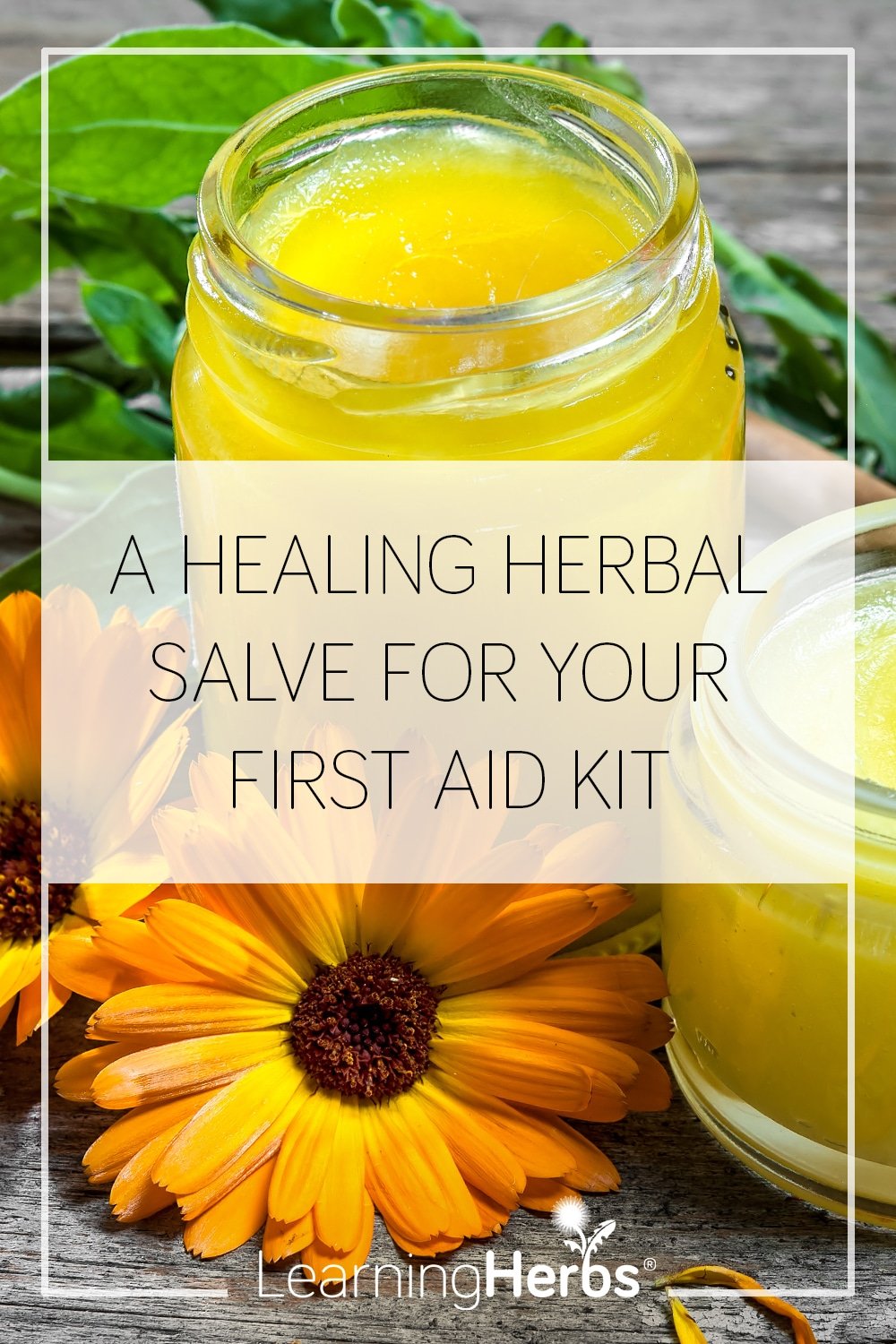I still remember the first time I ever made an herbal salve… I was a rambunctious ten year old who loved running around in my backyard and making potions with all of the weeds I’d pick. Like plantain tea and dandelion mud pies. My mom’s dear friend, Annalisa, happened to be an herbalist, and she took notice of how much I loved the plants. So one day she showed me how to harvest the plants to make an infused oil, and a few weeks later she taught me how to make herbal salves.
I was delighted! It was such a joy to gather my favorite plant friends from my yard, create an herbal salve, and then share this herbal salve with all of my friends at school. Through the process of Annalisa showing me how to make salves, I not only learned about the medicinal properties of the herbs but also about how versatile and effective herbal salves can be.
What is an herbal salve?
A salve is a healing ointment, and in its simplest form it’s a combination of oil and beeswax. Together the oil and beeswax are cooling and nourishing for the skin, so they are particularly well-suited for addressing red, inflamed, and dry skin conditions. I usually make salves with olive oil, but you can use a variety of oils, including coconut oil, sunflower oil, and more. You can then customize your salve for specific issues by infusing your oil with herbs of your choosing.
For example, if you’re regularly afflicted by minor red and itchy rashes, then you may opt to infuse your oil with calendula, which excels at soothing these types of skin challenges. Or if you want a salve for first aid situations, then you might choose herbs that heal minor wounds and soothe swelling, like plantain and comfrey. Or if you experience neck and shoulder pain, you might create a salve with anti-inflammatory, pain-relieving herbs like ginger and St. John’s wort to massage into your aching muscles. The possibilities are truly endless!
Recently I checked my herbal first aid kit and realized I’m running low on my first aid salve. So I’m going to make up a fresh batch of salve with calendula, comfrey, and plantain. I’m also going to add some lavender essential oil to my salve to help preserve the salve and bring in the soothing properties of lavender.
But before I show you how to make this herbal salve, let’s talk a little bit more about the herbs in this recipe…
Calendula (Calendula officinalis)
Calendula’s brilliant flowers have an affinity for soothing dry, itchy, and red skin conditions, including rashes and bug bites. As an antimicrobial and wound-healing herb, calendula can also help heal minor scratches and cuts. Plus, calendula can also help prevent the formation of scars.
Comfrey (Symphytum officinale)
Comfrey leaf is an emollient herb. What does this mean? Well, an emollient moisturizes and nourishes the skin, which has a soothing and softening effect. Comfrey is also an incredibly effective vulnerary herb that can speed up the healing process for minor wounds, including cuts, scrapes, and burns. Comfrey is so fast-acting, in fact, that it shouldn’t be used on infected, unclean, or deep wounds because it has the potential to heal the skin before the deeper layers of tissue have gotten the chance to clear any possible infection.
Plantain (Plantago spp.)
Chances are you’ve seen plantain growing around you. This prolific plant loves to grow along walkways, in lawns, and all over public parks. Plantain leaf is a gentle antimicrobial herb that excels at soothing bug bites, cuts, scrapes, rashes, and blisters. It also has an affinity for drawing out splinters from the skin. Paired with calendula and comfrey, it makes an excellent addition to a first aid salve.
Now that we’ve talked about the herbs in this salve, let’s learn how to make the recipe together…
How to Make Herbal Salves
An herbal salve is a versatile topical remedy that can gently support the body in a variety of first aid situations. This simple remedy is fun to make with kids, and it’s a wonderful gift to share with loved ones.
What you’ll need…
- 2/3 cup dried comfrey leaf
- 2/3 cup dried plantain leaf
- 2/3 cup dried calendula flowers
- 1 1/2 cups olive oil
- 1 ounce beeswax
- 40 to 80 drops lavender (Lavandula angustifolia) essential oil
- Place the comfrey leaf, plantain leaf, and calendula flowers in a blender. Blend on high for 3 to 5 minutes or until the plant material is broken down into powder.
- Add the oil to a double boiler. Stir in the powdered herbs.
- Increase the heat until the oil just hot to the touch. Pay close attention to this so you don’t fry the herbs. Once the oil is hot, turn off the heat. Let it sit.
- A couple hours later, once the oil has cooled, repeat this process. Continue doing this regularly for 48 hours.
- Strain the herbs through 2 layers of cheesecloth, squeezing it well.
- Prepare your salve tins or jars.
- Measure out 1 cup of the infused oil. Add the oil to a double boiler over low to medium heat. Add the beeswax. Heat on low to medium until the beeswax has entirely melted.
- Turn off the heat. Add 40 to 80 drops of lavender essential oil. Stir well.
- Immediately pour into prepared tins of jars. Let stand to cool and harden. Do not disturb while cooling. Once cooled, put on the lids.
Yield: Approximately 8 oz.















